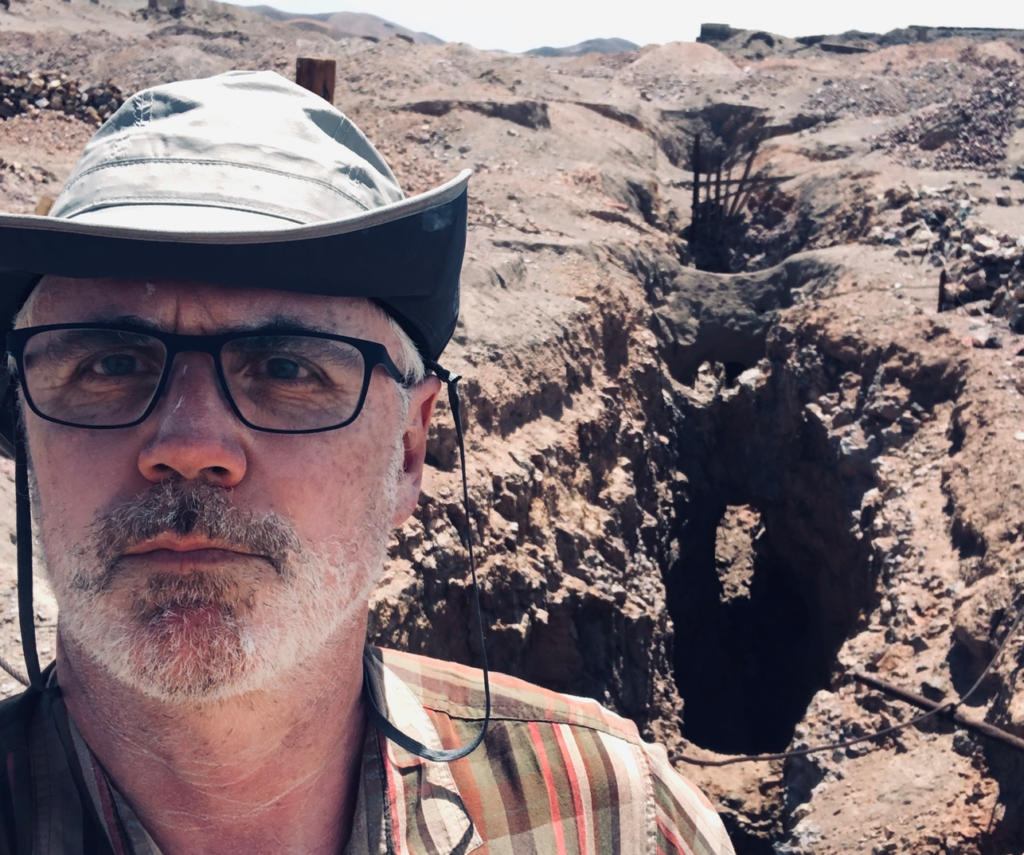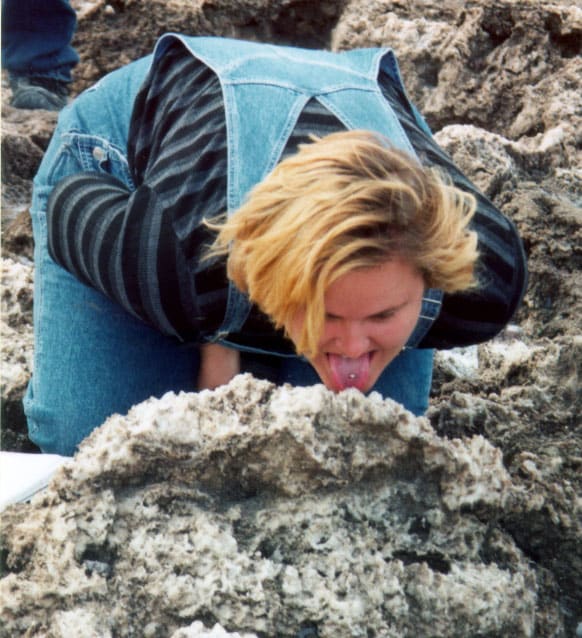LOL. You weren't sitting drill rigs now were you?
I'm not talking about sitting drill rigs. Nor am I talking about gritting contaminated rock, for fuck's sake. But trust me back in the 80's and out in the field that was what was done. I did it myself. At the behest of a geology professor at the time. OBVIOUSLY not in some environmental contamination event. This is just plain old raw field work.
Now I don't recommend it seriously (it's kinda disgusting), but a REAL geologist (or someone who was playing one) would have known that. It would have been relatively critical to you to have all the aspects of how to differentiate these things at your beck and call.
I knew you would have to google to check me and that's clearly what you did.
You've never met or talked to a geologist and I know for FUCKING SURE you never got to play geologist. Who would send a rando with NO EXPERIENCE out to the Andes to collect rocks he couldn't POSSIBLY identify???????
************FEEL FREE TO IGNORE THIS BIG SINCE IT IS TOO TECHNICAL FOR YOU TO UNDERSTAND**************
Here's how to make your story make sense. First off: figure out if you were sitting the rig and collecting samples (something you could NOT do without geology training and significant amounts thereof) or you were collecting raw out in the field. Your description initially sounded raw out in the field.
Then google what you wanted to actually make it sound like you were doing. "Basin thermal maturity" is a good start. But there's a LOT of that work out there. Fission track analysis is NOT the first stopping point on that journey. In fact it probably seldom if ever actually happens especially for a basin exploratory study. NO they're going to start with looking at the organics which is why you were sent out to collect mudstone. Mudstone contains a LOT of phyllosilicates (clays) which are, as you indicated, extremely low energy depositional environments. Very good for preserving organics. The boffins back at the lab would then digest the mudstone with HF and get at the organics. If the organics contain any terrestrial or Type III organics they might be able to find vitrinite. Vitrinite reflection can be used to assess thermal maturity of the rock they are found in. This is bog-standard oil-company stuff. They might also go for illite crystallinity which is also a viable metric and illite can be expected to be one of the clays in the mudstone you "collected". This is measured by XRD.
If you want to make it sound like you were sitting a rig (something my wife used to do, by the by, another link for me to understand more of this topic than you might be comfortable with) would be stressing credulity. In those cases you would have to be able to identify lithology from the grindings brought up. If you want to now claim you have no geology training (or whatever you dodge is now) there's no way you would be collecting samples.
So stick with raw field work (it's easier to lie about) but add in some of the reasons why you might have been doing what you did.
There was a time long ago I worked as a grunt doing work for someone with more education than I had. I at least understood the basics of why I was sticking my arms into sewage contaminated water to collect samples.


 ftfy
ftfy











